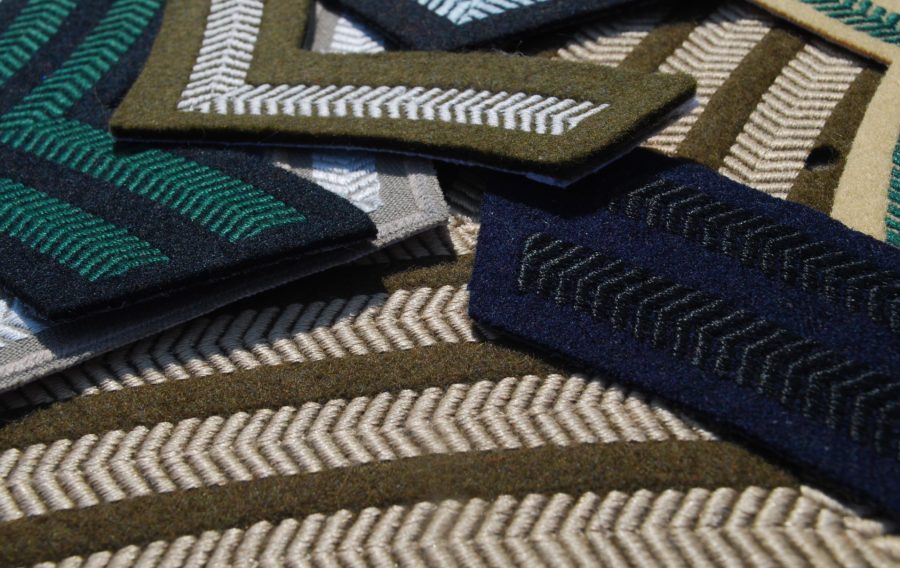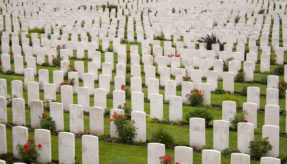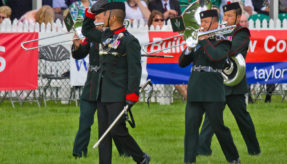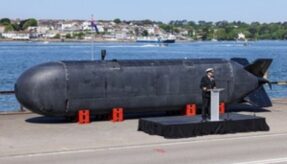
The Field Army will reorganise parts of its command structure to meet new capabilities and tackle issues.
Commander Field Army Lieutenant General Ivan Jones has described changes to the Field Army’s command structure. The army will rebalance formations while retaining operational focus.
Changes will be implemented to allow the army to operate well above and below the threshold of conflict. The restructuring comes in response to emerging defence thinking and will aim to create an army of interdependent, complementary, and integrated formations.
Ivan Jones said: “The character of warfare continues to change as the boundaries between conventional and unconventional warfare become increasingly blurred. The Army must remain adaptable and evolve as a fighting force. The three complementary British Army Divisions harness the wide range of British Army capabilities, providing choice to the Government in defence of the UK’s interests.”
“The Field Army must build on the strong foundation of the 3rd Division’s world class warfighting force. 1st Division provides specialist soldiers and equipment to develop other nations’ armies, deal with disaster and humanitarian crises worldwide and enable our warfighting division. 6th Division focuses on Cyber, Electronic Warfare, Intelligence, Information Operations and unconventional warfare through niche capabilities such as the Specialised Infantry Battalions.”
“The speed of change is moving at a remarkable rate and it will only get faster and more complex.”
The proposed changes to the structure include:
- 1st (United Kingdom) Division (1 (UK) Div) will provide more strategic choice and a range of capabilities. It will include: 4th (Infantry) Brigade, 7th (Infantry) Brigade, 11th (Infantry) Brigade, 51st (Infantry) Brigade, 8th Engineer Brigade, 102nd Logistic Brigade, 104th Logistic Brigade, 2nd Medical Brigade
- 3rd (United Kingdom) Division (3 (UK) Div) will remain as the Army’s primary armoured warfighting force comprising: 1st Armoured Infantry Brigade, 12th Armoured Infantry Brigade, 20th Armoured Infantry Brigade, 1st Artillery Brigade, 101st Logistic Brigade, 25th Engineer Group, 7th Air Defence Group
- 6th (United Kingdom) Division. The re-designation of Force Troops Command (FTC) to 6th (United Kingdom) Division (6 (UK) Div) will provide the Army’s asymmetric edge and include: 1st Signal Brigade, 11th Signal Brigade, 1st Intelligence Surveillance and Reconnaissance Brigade, 77th Brigade and the Specialist Infantry Group.
There will be no changes to personnel numbers, cap badges, resourcing, and locations. The changes will also be incorporated into broader Defence and National Alliance efforts.
If you would like to join our community and read more articles like this then please click here.
3 (UK) Division battalion Command Team defence capabilities Infantry Land Army warfighting division








